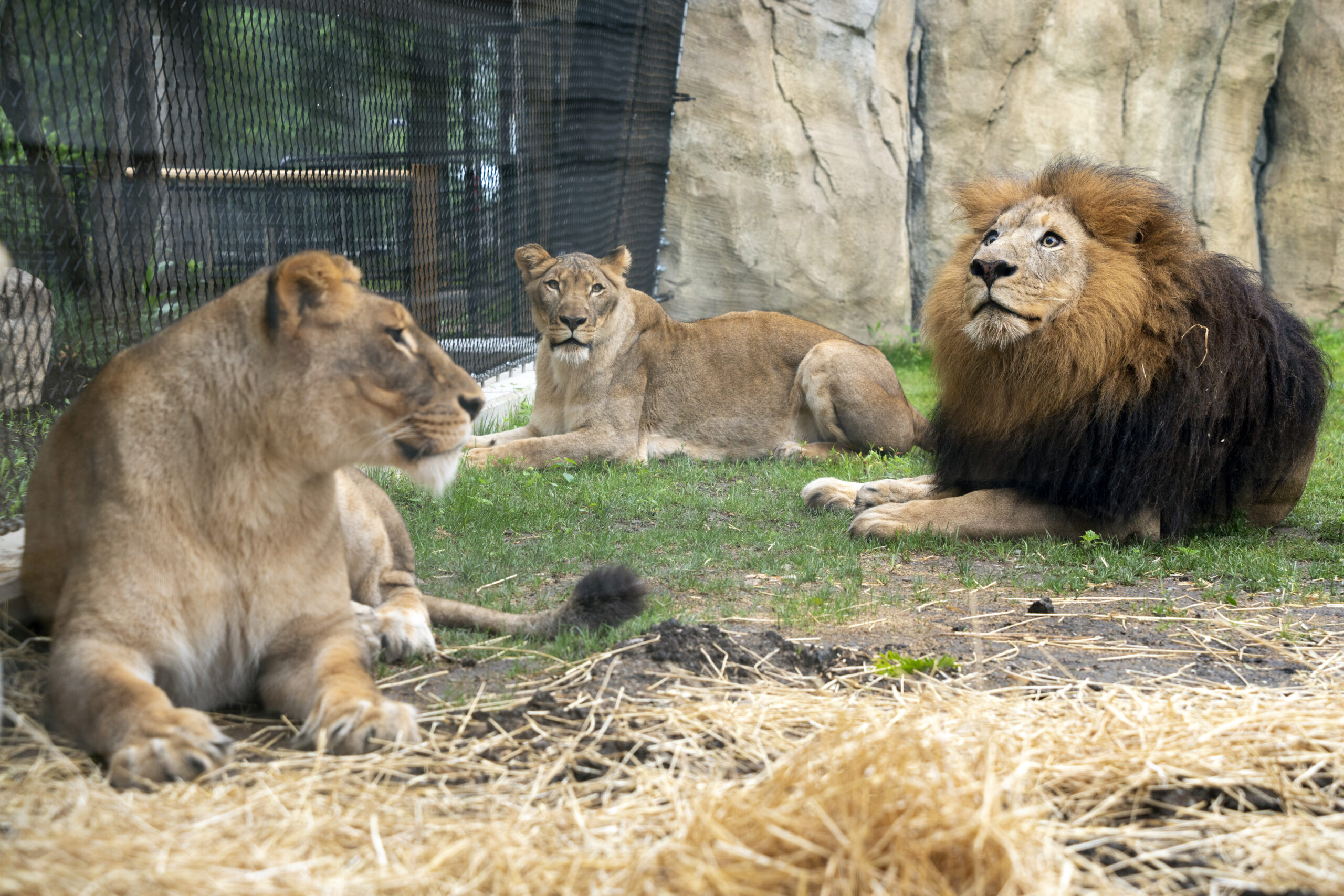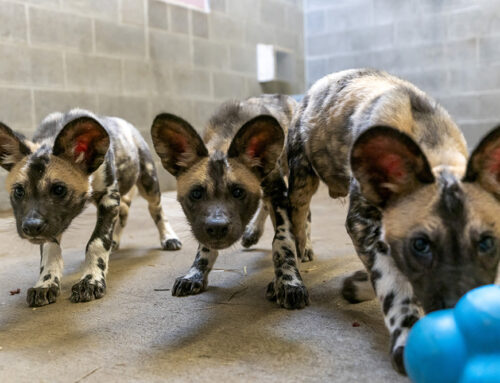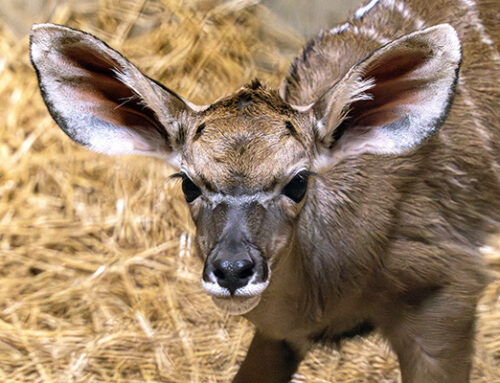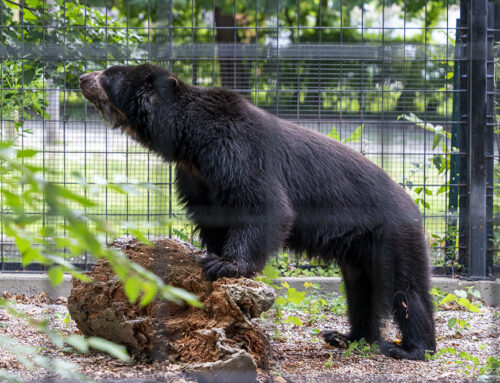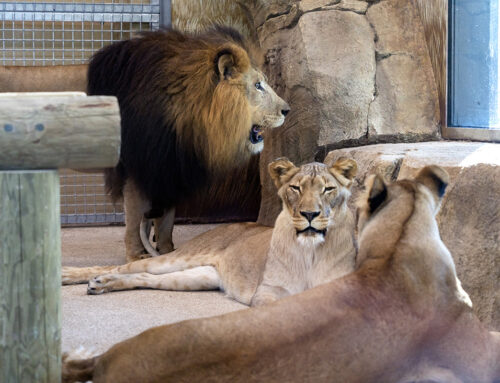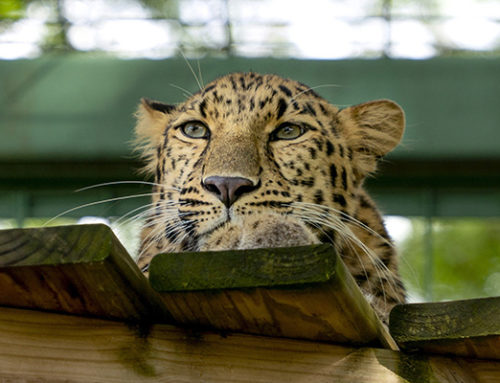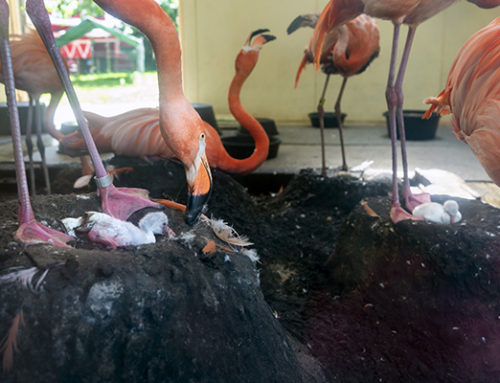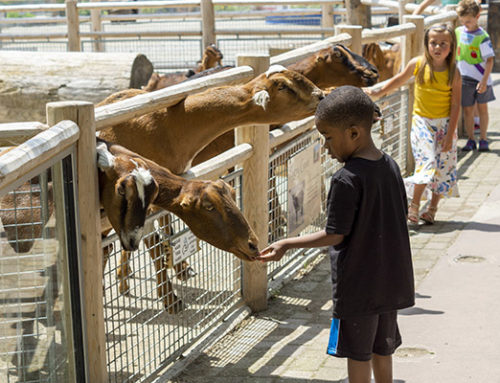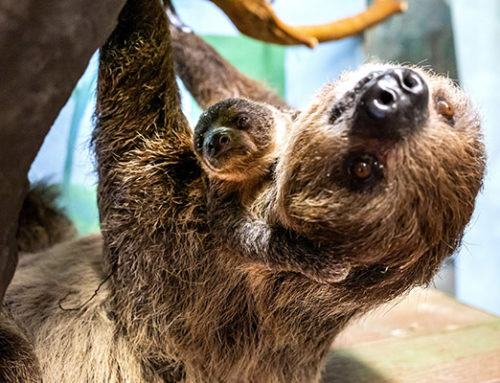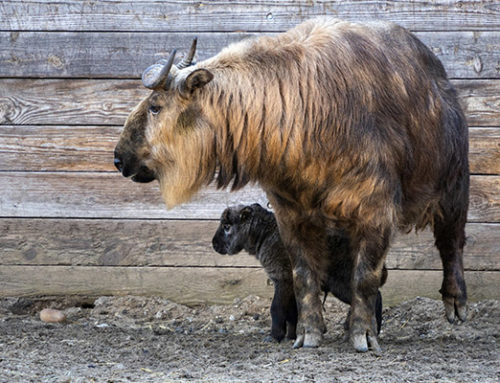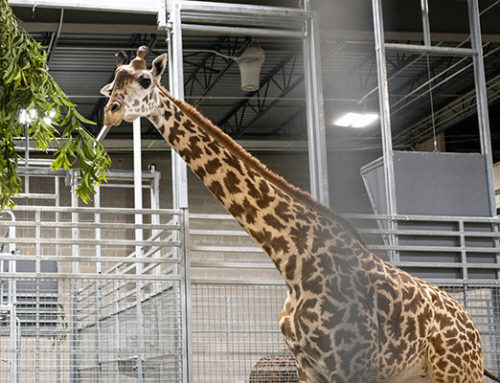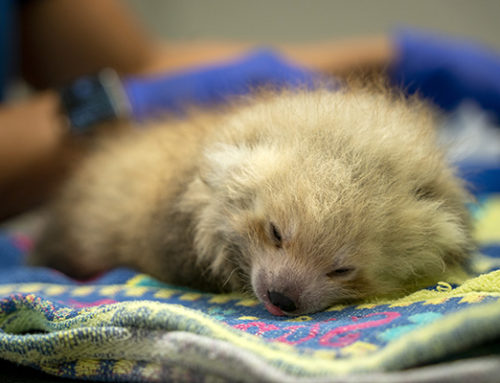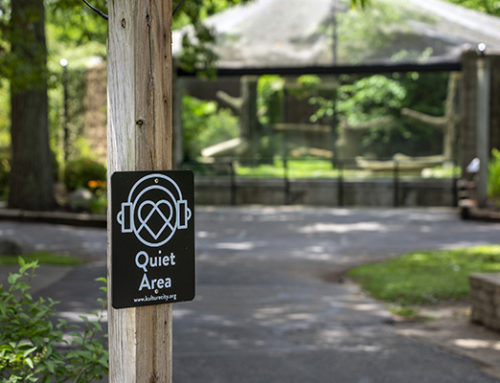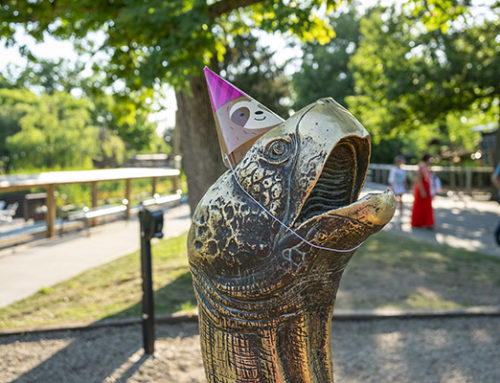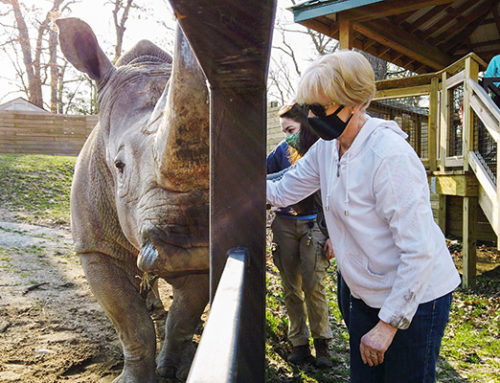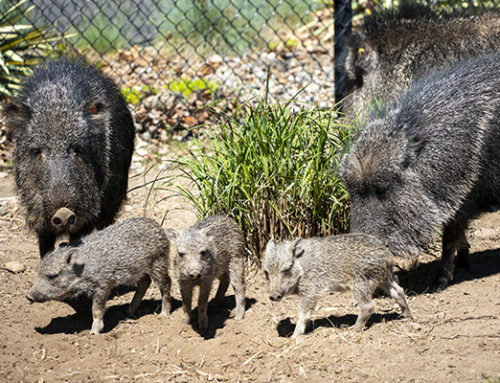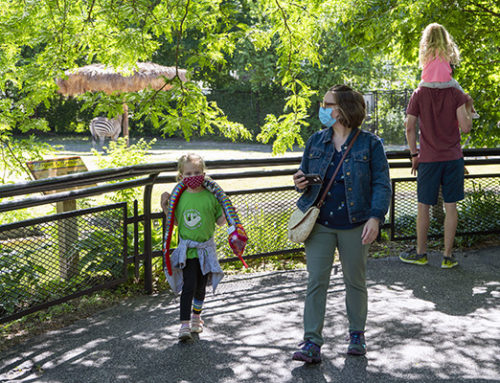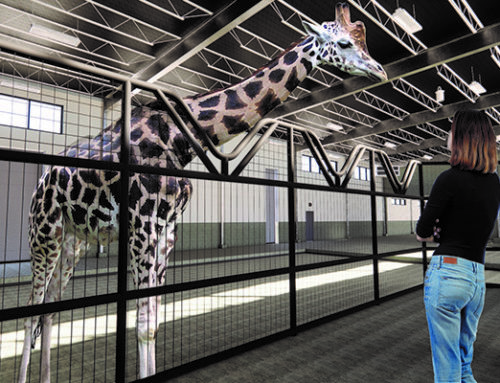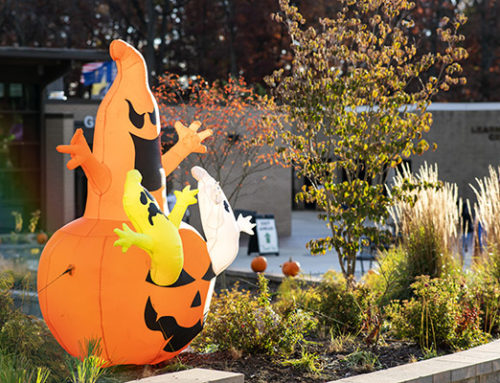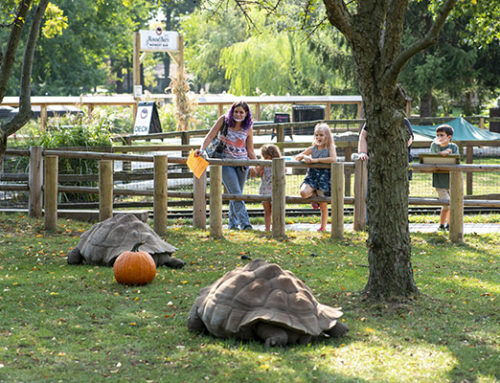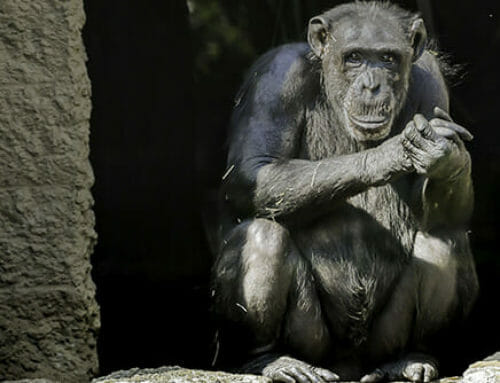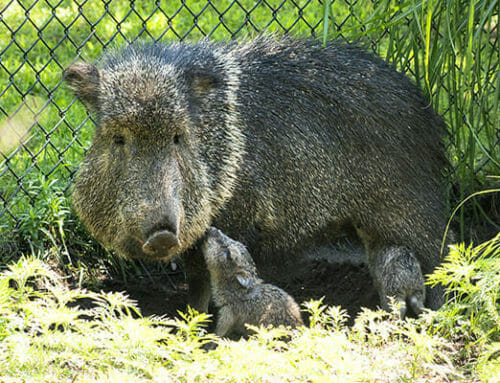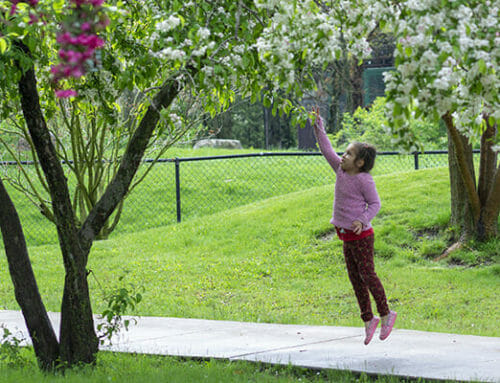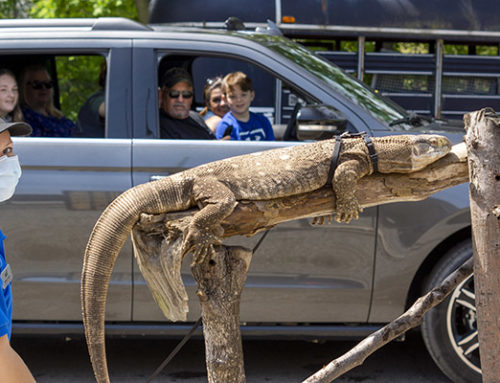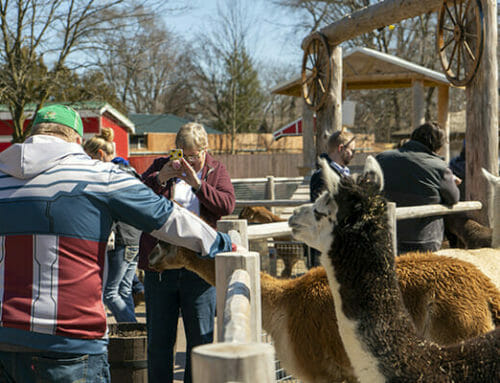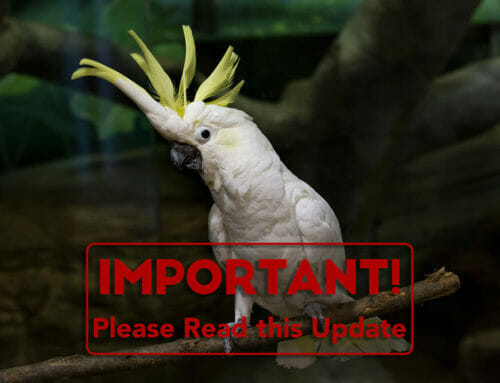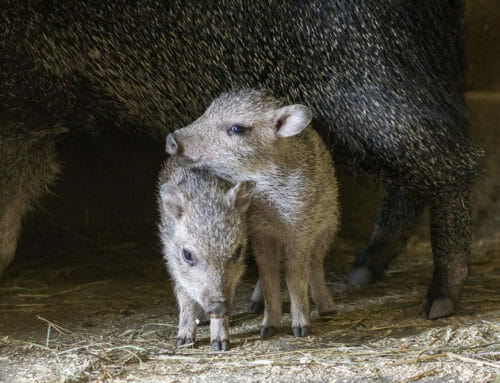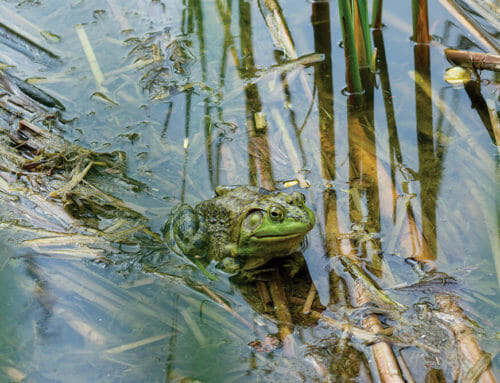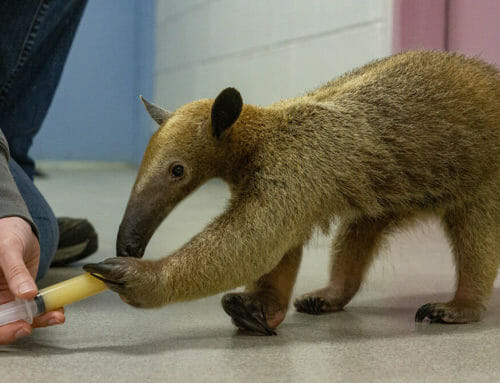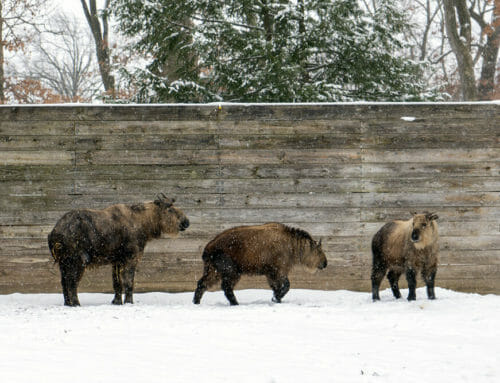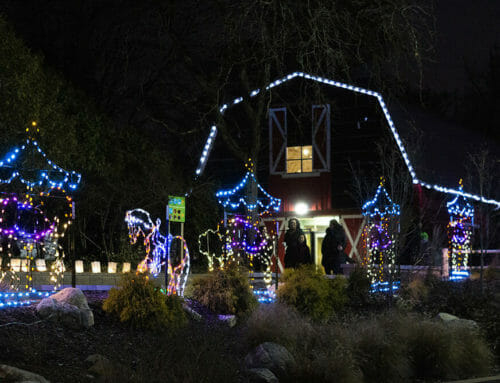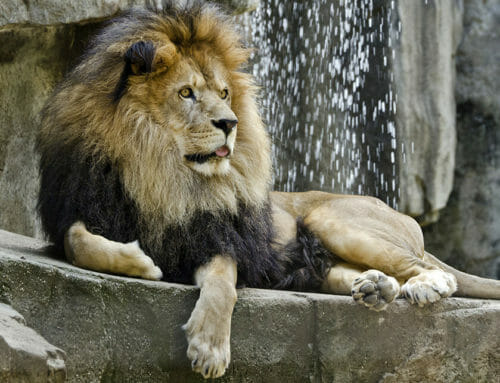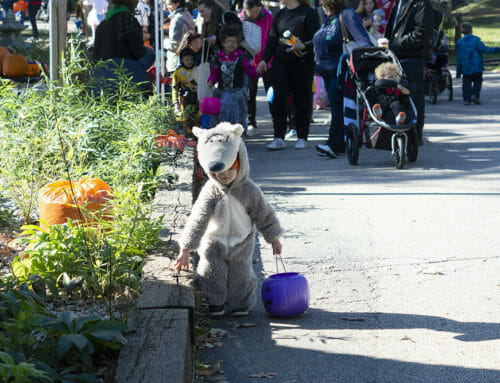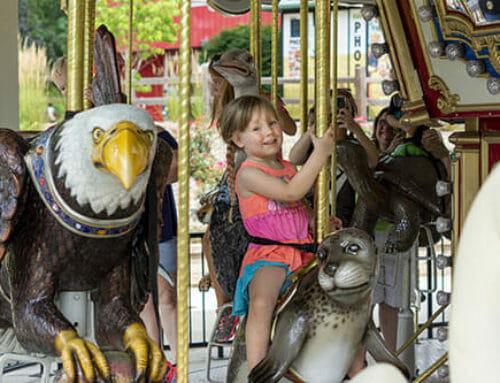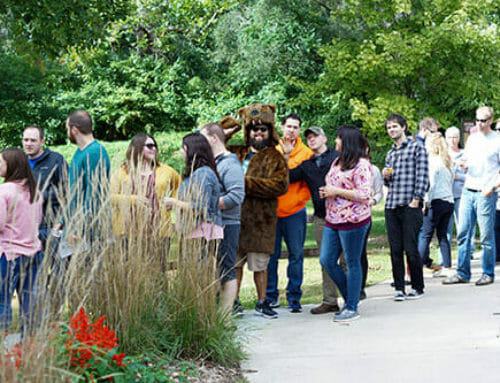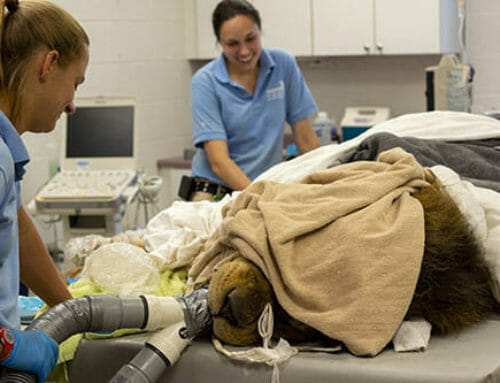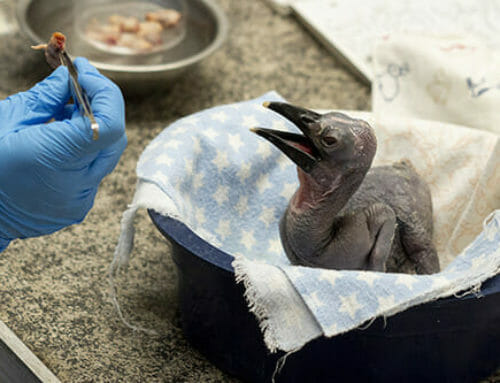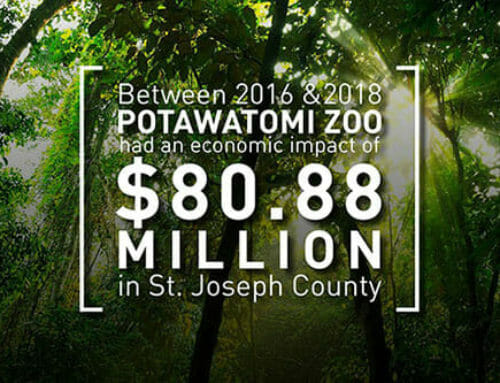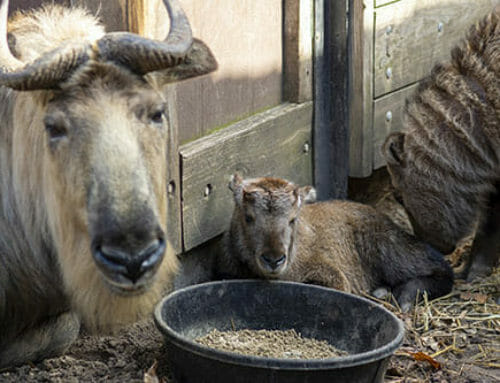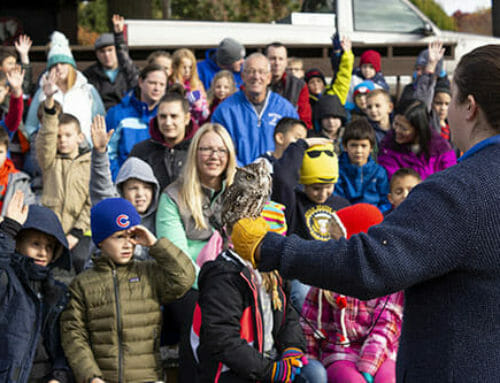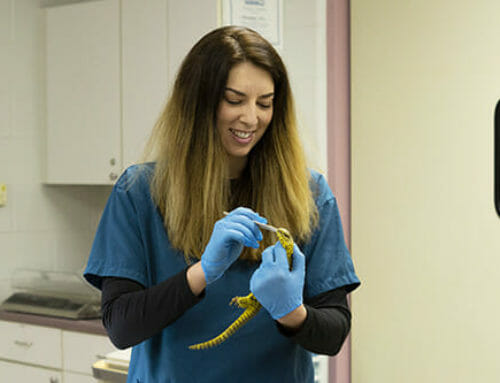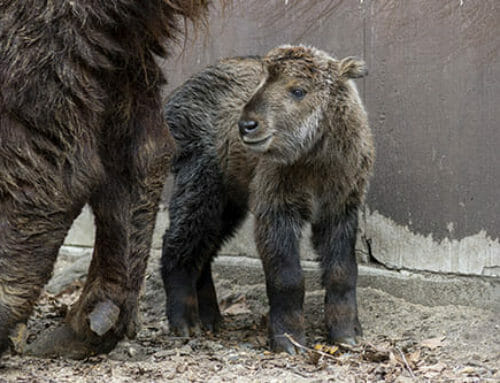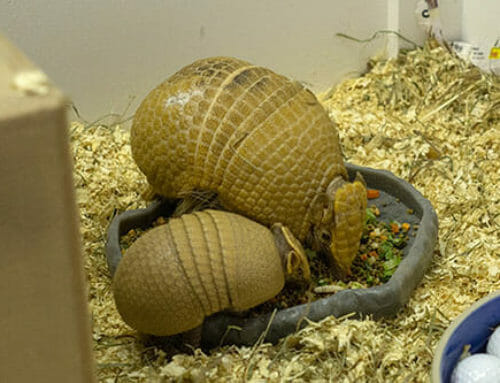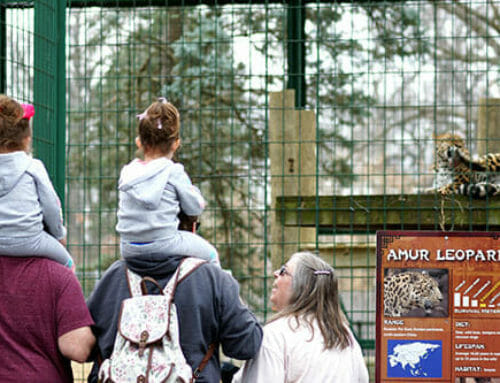The Potawatomi Zoo officially opened The Wilma and Peter Veldman Family Lion Habitat to the public with a ribbon cutting ceremony on Thursday, June 29, at 9 am.
Speakers at the ribbon cutting included Josh Sisk, executive director of the Potawatomi Zoo; Margie Anella, director of development of the Potawatomi Zoo; Amber Pulford, president of the Potawatomi Zoo Board of Directors; Mark Neal, president of the Parks Board of Commissioners; and Matthew Edmonds, representing the Wilma and Peter Veldman Family. The zoo’s new pride of lions—Kembe, Shtuko, and Shaba—made an appearance in their completed outdoor habitat as well.
Formerly the zoo’s chimpanzee habitat, the new lion habitat was part of the zoo’s Big & Loud capital campaign to bring giraffes and lions to the zoo. The lion portion of the project cost a little over $1.5 million and was fully funded in spring 2022. Renovations were performed during 2022 and 2023 by Majority Builders.
While they’re getting used to their new space, the lions will have access to both the indoor and outdoor spaces, which are both visible to the public.
Kembe, Shaba, and Shtuko came to the Potawatomi Zoo on the recommendation of the Lion Species Survival Plan (SSP) program. Kembe and Shtuko have a breeding recommendation from the SSP.
The lions are all ten years old, although Kembe is a little older than the lionesses, who are sisters. He is unrelated to Shaba and Shtuko.
All three lions were rescued as babies in South Africa and were unable to be re-released. When they were old enough, they were moved a United States facility accredited by the Association of Zoos and Aquariums (AZA), and they have lived together as a pride since 2013.
Watch video of the lions exploring their outside habitat HERE
About African Lions
Lions are most commonly recognized as being social cats. They live in family groups that can be more than 30 individuals in the wild. Prides are usually made of a small group of dominant males (usually brothers or cousins) and females. Male lions that aren’t part of a breeding pride will often live together in same-sex coalitions. In a pride, typically the males defend their territory and females raise cubs and hunt for prey. Both males and females will mark their territory by roaring and scent marking.
Although lions live in a wide variety of habitats across all of Africa, they are considered vulnerable to extinction by the International Union for Conservation of Nature (IUCN). The IUCN estimates that there are approximately 23,000-39,000 lions left in the wild. However, it’s difficult to be certain. Lions have low population densities, and they’re mostly active at night, which makes it difficult to count their numbers. In a few places—Botswana, Namibia, South Africa, and Zimbabwe—lion populations have grown, but scientists estimate that since 1993, the population of lions across the world has been reduced by approximately 43%. This includes African lions and Asiatic lions.
The primary threats to lions are human-lion conflict and habitat loss. Shrinking habitats also causes fewer sources of food for lions, which may cause them to come into conflict with humans raising domestic livestock. As well, lions are often illegally hunted by humans.



